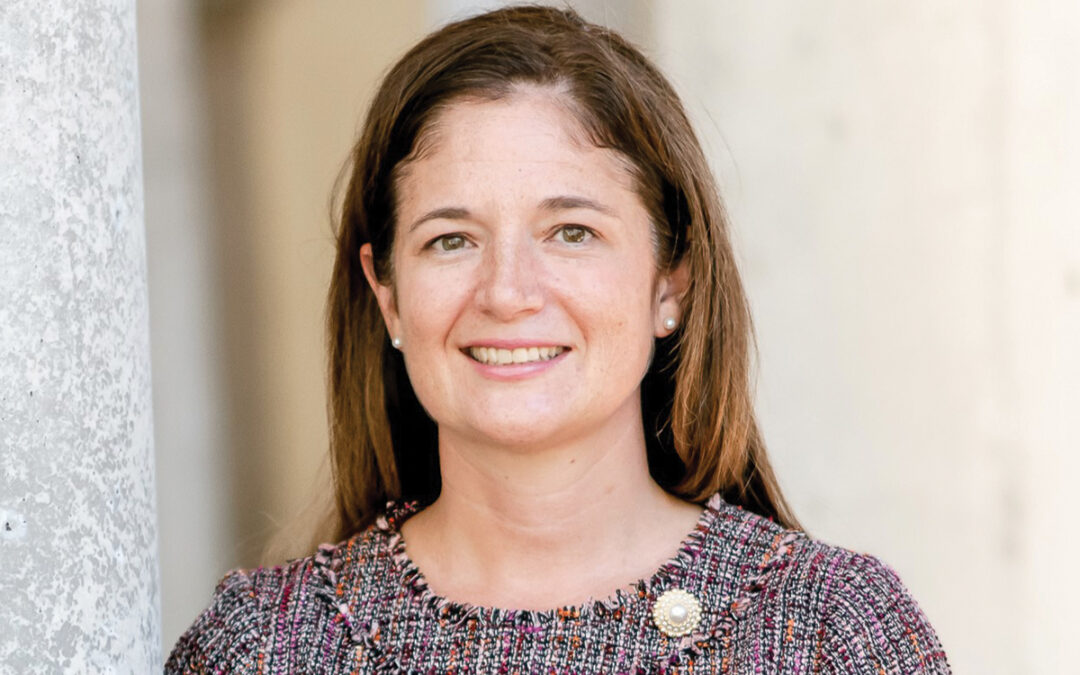What women (and men) need to know
This year, 230,000 women and 2,200 men are expected to be diagnosed with invasive breast cancer. Don’t become one of them. Since knowledge could be the key to survival, the following may answer some of your questions:
What is breast cancer?
Cells in our bodies divide, grow and replace the cells that die. When cells grow out of control, excess cells collect in a part of the body, such as a breast, forming a tumor. If the tumor is malignant, it is breast cancer. If the cancer metastasizes, it spreads to another part of the body.
Do men get breast cancer?
Men have breast tissue, so they can get breast cancer, although it is much rarer than among women. Unfortunately, many men do not realize it could happen to them, so may not notice a change in their breast or may be embarrassed to bring it up. Fact is, the smaller male breast means any cancer will spread to the chest wall.
What are some risk factors that increase the development of breast cancer?
For both sexes: aging, family history of breast cancer, personal history of breast cancer, hormones or hormone therapy containing a combination of estrogen and progesterone, BRCA2 gene mutation, alcohol use, obesity, prior exposure to radiation.
Additional risk factors for women: Menstruation before age 12 or menopause after age 55. Not having a child or having a child after age 30. Klinefelter’s syndrome (a genetic condition related to high levels of estrogen in the body.) Liver disorders. White women are more at risk; African-American women develop cancer more frequently under age 45.
What are symptoms of breast cancer?
Any change or abnormality in the breast or chest area, including a lump or hard knot, a thickening, dimpling, puckering or redness of the skin. Also, swelling, nipple inversion or discharge. Men may experience an itchy, scaly sore or rash on the nipple.
How is breast cancer diagnosed?
Along with your monthly self-examination, your physician’s examination, your medical history and a screening mammogram, you might undergo more tests. If you are considered “at risk,” you could require an MRI or 3D digital breast mammogram or an ultrasound for further diagnosis. A biopsy may be performed where a sample of fluid in a tumor or a small sample of breast/tumor tissue is taken. Additional imaging used to determine if cancer has spread could include chest X-ray, Computerized Topography (CT scan), Position Emission Tomography (PET) and bone scan. Other tests might include a blood chemistry study to measure amounts of certain “telling” substances. For example, certain hereditary DNA mutations can increase the risk of cancer. DNA is the chemical in our cells that makes up our genes and provides the “instructions” for how our cells function. The most common of these DNA mutations are the BRCA1 and BRCA2 genes. These genes are supposed to keep breast cells from growing abnormally by producing proteins that prevent mutation. Mutated, these genes can no longer suppress abnormal cell growth. Genetic testing can identify women who have inherited the BRCA mutations. An oncologist working with a pathologist can determine if the cells or tumor is cancerous and if the cancer is spreading to other areas in your body.
What is breast cancer “staging”?
Staging is the process used to determine the extent of cancer in the body. Combined cancer type and stage is used to prescribe the appropriate treatment and to predict chances for survival. In the United States, the system for staging is known as TNM: T indicates the size of the tumor, N describes the extent of the spread to the lymph nodes or the area around the breast, and M indicates any cancer spread to organs of the body. The results from the TNM matrix are then categorized as one of five staging groups, ranging from stage 0 to stage IV.
What are treatment options for breast cancer?
Treatment is determined by the type of cancer and the staging group results.
Chemotherapy treats cancer with medications given by mouth or by injection or drip and so on. Radiation therapy destroys cancer cells with high-energy rays or beams focused onto the affected area. Brachytherapy is radiation delivered by implanting little seeds directly into the breast. A lumpectomy removes only the breast lump and surrounding tissue. A partial mastectomy involves the removal of only part of the breast, while a mastectomy requires removal of all of the breast tissue. In a radical mastectomy, breast tissue, lymph nodes and the muscle of the chest wall are removed.
Before any mastectomy procedure, be sure to ask your doctor and a board-certified plastic surgeon about breast reconstruction. Hormone therapy or an “engineered” antibody can be used to help reduce the chances of recurrence of cancer.
What about voluntary prophylactic surgery?
Women who have the abnormal BRCA genes might choose this aggressive procedure to reduce their heightened risk of breast cancer by removal of both breasts and their ovaries. This surgery is being chosen more frequently by younger women since the younger the age, the more benefit is realized.
What if I am diagnosed with breast cancer?
You’ll probably feel overwhelmed, stressed, anxious, helpless, out-of-control. Maybe you’ll experience fear or denial. You’ll need a support group of family and friends to help with daily life — household chores, shopping and other errands. Ask for the help you need! Talk to a social worker or counselor or breast cancer survivors. Recovery requires you to be strong physically, mentally, spiritually. And time. And patience.
Remember, knowledge is power —
knowing what to expect may give you a sense of having some control, a partner in decision making.
What resources are available?
1-877- GO KOMEN (1-877-465-6636)
www.komen.org
American Cancer Society
1-800-ACS-2345 • www.cancer.org
CancerCare®
1-800-813-HOPE • www.cancercare.org
Also look into local cancer advocacy organizations, cancer treatment centers, support groups and places of worship.










0 Comments